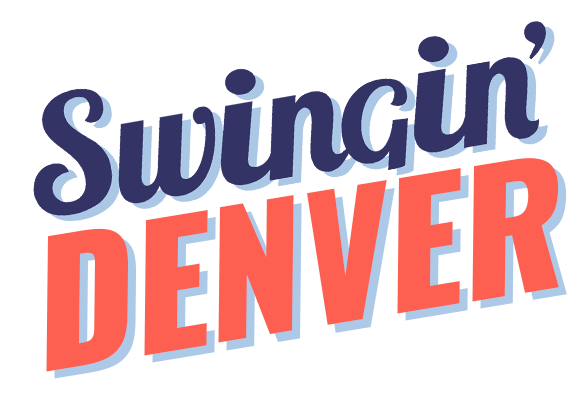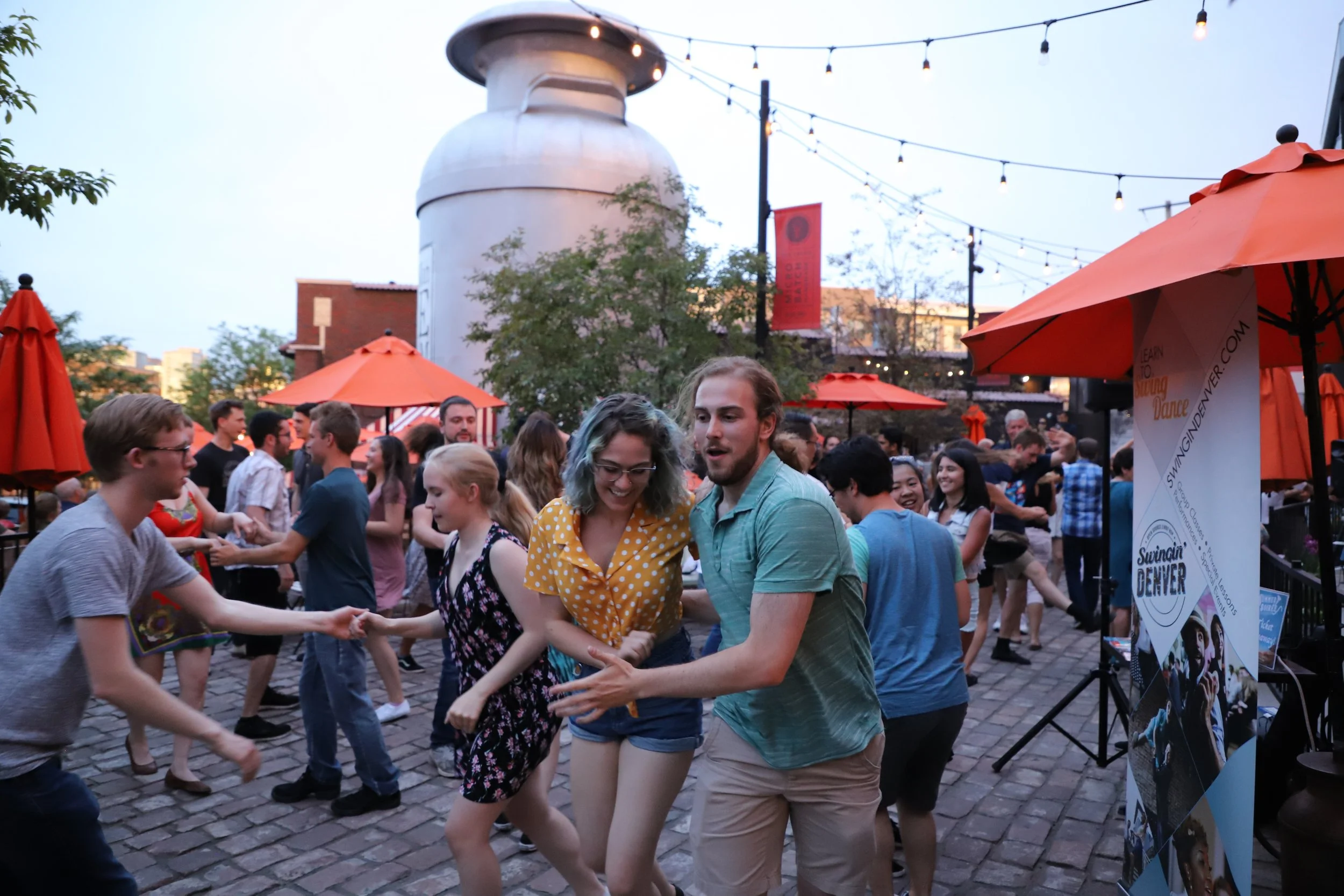Today I attended the O’baware Summer Sale in Lafayette. Not only did I find excellent pottery to purchase, but I had the opportunity to listen to Kazu Oba, the Japanese-trained pottery artisan, talk about his methods and philosophy.
One particular element struck me was when he was talking about the piece pictured in this blog and I’ll try to be accurate as much as possible with this retelling. This particular piece is shaped cylindrical on the wheel with the vertical lines representing Kazu’s fingers as he draws the material upward. At some point he slices this cylinder into three pieces and drops the wet clay from a slight height for it to flatten.
However, the clay remembers that it was round and part of a whole so it tends to recoil round, so Kazu must work it flatter, but you’ll still see the edges curl upwards. The clay remembers.
This is in contrast with other potters that might start with a flatter piece of clay and try coiling the ends. However, Kaza was saying something akin to him not wanting to impose his will on the clay. He prefers his method of providing the clay a memory and guiding that memory to form something unique. This was my takeaway.
This led me to reflect briefly upon dance teaching. While these thoughts aren’t fully formed, I’d say there is a remarkable difference between how I was trained to teach ballroom dance (specific foot placement, specific technique, specific syllabi, imposition of will) versus how we teach Lindy Hop (acknowledging ambiguity, welcoming expression, striving to improve those triple step rhythms and moving from core). You can bring your lived experiences to vernacular dance and they can inform your interpretation of your teachers’ expressed philosophies whereas ballroom (I’ll acknowledge not all) can be cookie-cutter and formulaic.
Sometimes one style works best for a person. Sometimes you start with ballroom and move to Lindy Hop, sometimes you move the other direction. And I think it’s good to offer options so dance can meet people where they are at.

